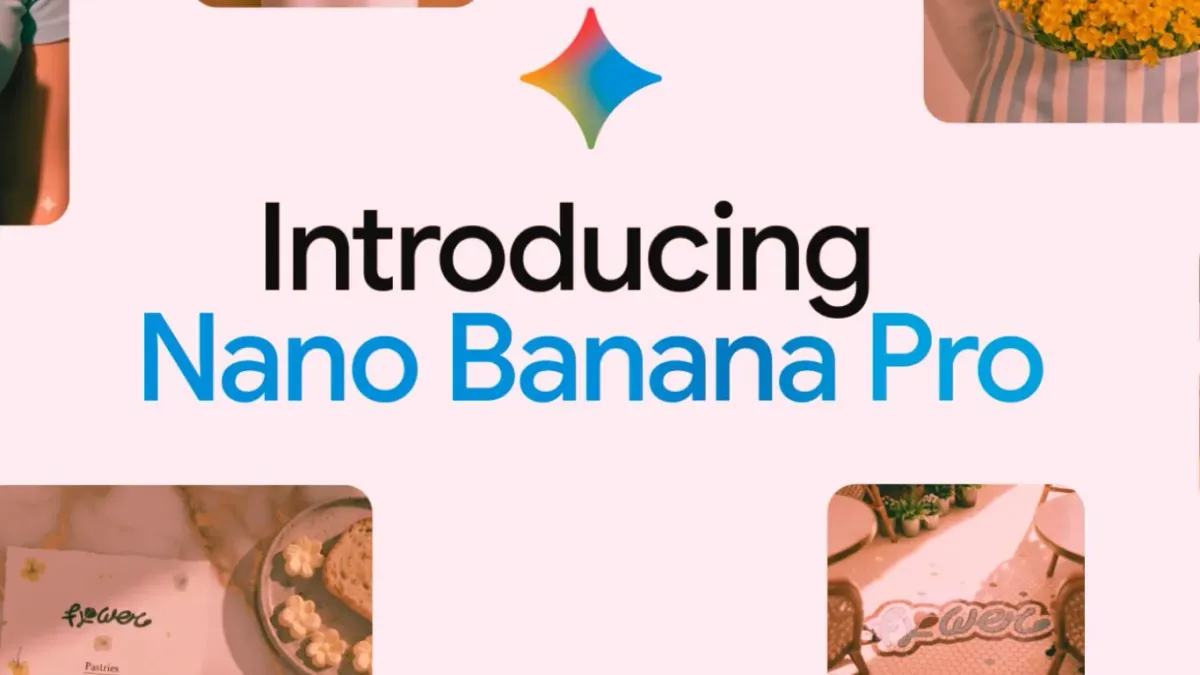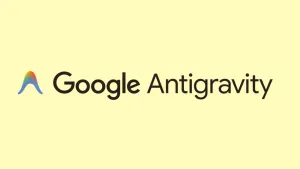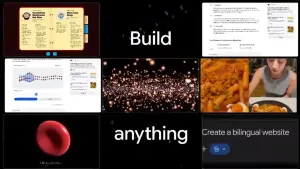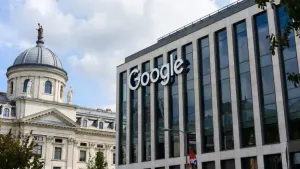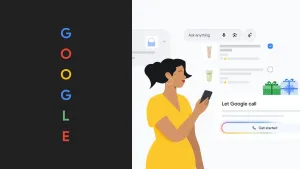Google announced the release of Nano Banana Pro, an advanced image-generation and editing model embedded inside its Gemini environment. The model supports higher output resolution (up to 4K), improved text rendering in images, more precise camera and lighting controls, and better world-knowledge integration to enable contexts such as infographics and diagrams.
According to Google’s overview, Nano Banana Pro is available via the Gemini app and gainful access is offered through Google AI Plus, Pro, and Ultra subscriptions.
This launch seems a deliberate shift in Google’s image-AI strategy from novelty toward production-grade utility. The predecessor model, commonly referred to as “Nano Banana” (officially Gemini 2.5 Flash Image) gained popularity for its stylised outputs and creative fun.
With Nano Banana Pro, Google is raising the bar: higher resolution, richer features, and tighter integration within its ecosystem. That positions Google not just as creating another image-generator, but as embedding visual intelligence into design workflows, enterprise tools and collaboration environments.
Introducing Nano Banana Pro (Gemini 3 Pro Image), our new state-of-the-art image generation and editing model from @GoogleDeepMind. It improves on the original model while adding new advanced capabilities, enhanced world knowledge and text rendering, allowing you to create and… pic.twitter.com/ArCsRVsFIW
— Google (@Google) November 20, 2025
For creators, marketers and developers, the added controls (camera angle, lighting, multi-image blend, text in many languages) make the tool usable for more than quick social art; it becomes part of production pipelines.
For Google, embedding it within Gemini and across services helps lock in users into its AI ecosystem and raises the competitive stakes against rivals such as DALL·E 3, Firefly and others.
When Nano Banana (Gemini 2.5 Flash Image) launched publicly in August 2025 it gained viral traction for converting selfies into stylised 3D figurine-style images and blending photos into surreal compositions. That popularity provided Google with both a growth channel and a testbed for creative use-cases.
Technically, what’s new in Pro compared with prior versions: better prompt-following logic, stronger rendering of text and multilingual elements, ability to fuse multiple images into one coherent output, and higher resolution outputs ideal for commercial-grade uses. In effect the model is moving from lightweight creative art to heavier duty visual intelligence.
Google’s roadmap also shows that the image-model capabilities have been extended into Search (via Lens), NotebookLM and Photos. These cross-service embeddings underscore that Nano Banana and now Pro are meant to scale across Google’s product ecosystem rather than be siloed in one app.
From a user-perspective, Nano Banana Pro opens up workflows such as creating posters, presentations with embedded text, multi-frame visualisation, complex editing and resizing across platforms. The ability to generate text inside images in multiple languages is also notable; text-rendering has long been a weak point in many image models.
However, challenges remain. High-resolution generation and advanced editing features likely demand heavier compute and may lead to higher costs or rate limits, especially in free tiers.
The more accessible image generation becomes, the greater the responsibility for authenticity and provenance: how will Google manage watermarking or metadata to indicate AI-generated content? Earlier versions included digital watermarking (SynthID) for images.
There is also the question of global rollout and licensing: are all regions and languages supported equally, and how will Google handle enterprise versus consumer tiers?
What To Watch
The rollout speed and global availability will matter: how soon will Nano Banana Pro appear in every region, language and platform? Also worth watching is how quickly Google brings the Pro model into developer APIs, Workspace tools (Slides, Docs), and collaborations.
The business model is another signal: how steep are the upgrades, and will free-tier users feel locked out from meaningful creativity? Finally, competitor responses will be important: will other major platforms upgrade resolution, editing controls and enterprise-level visual workflows in response?
Conclusion
With Nano Banana Pro Google is both deepening and broadening its visual-AI capabilities. The move signals that image-generation models are now expected to serve not only creative fun but serious production-grade tasks.
As AI moves into professional workflows, Google’s integration strategy across its ecosystem gives it an edge; yet the proof will lie in how accessible the features are globally, how well Google handles authenticity and misuse risks, and how rapidly the industry responds.

